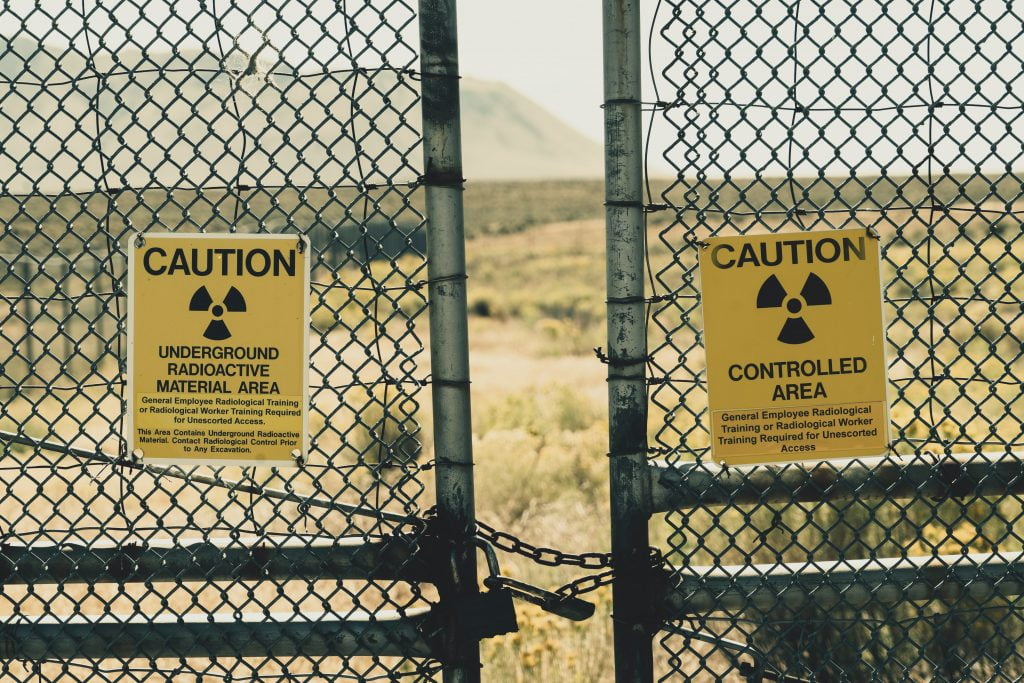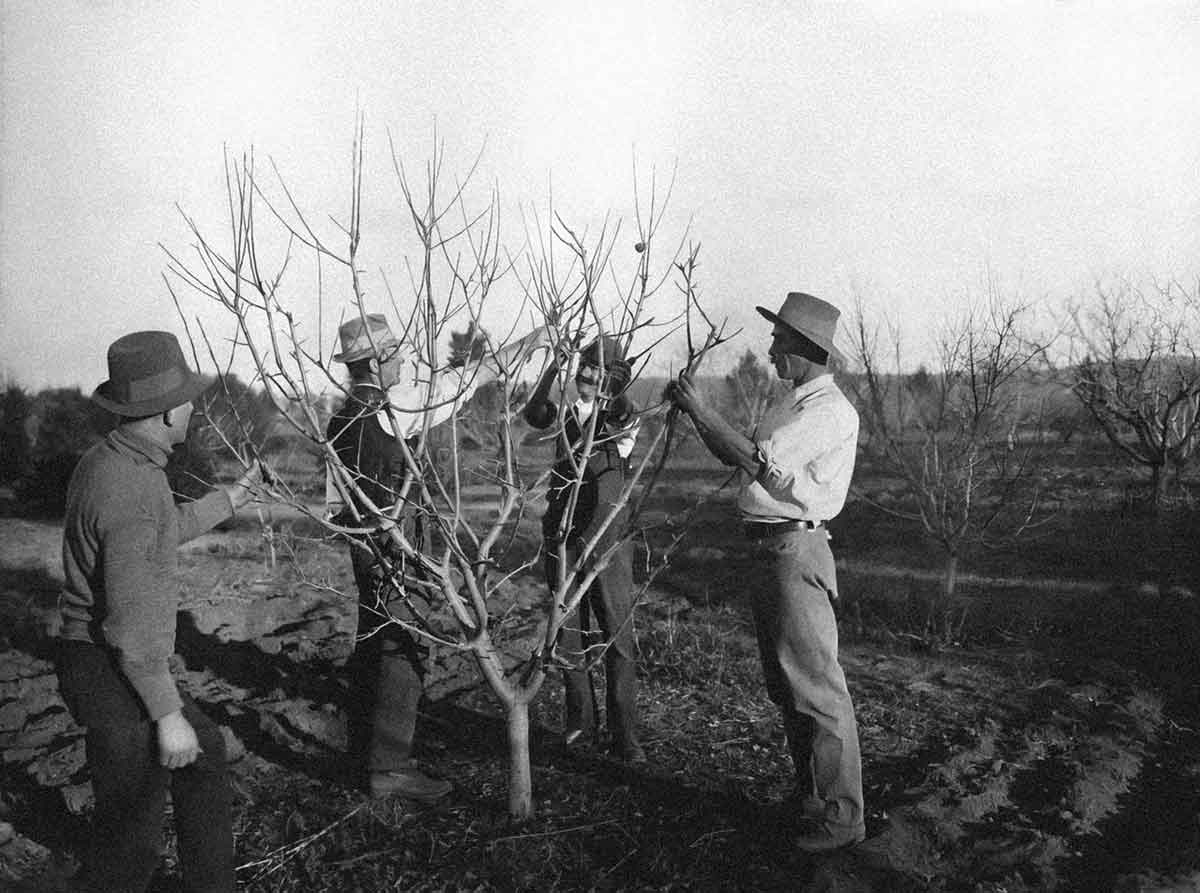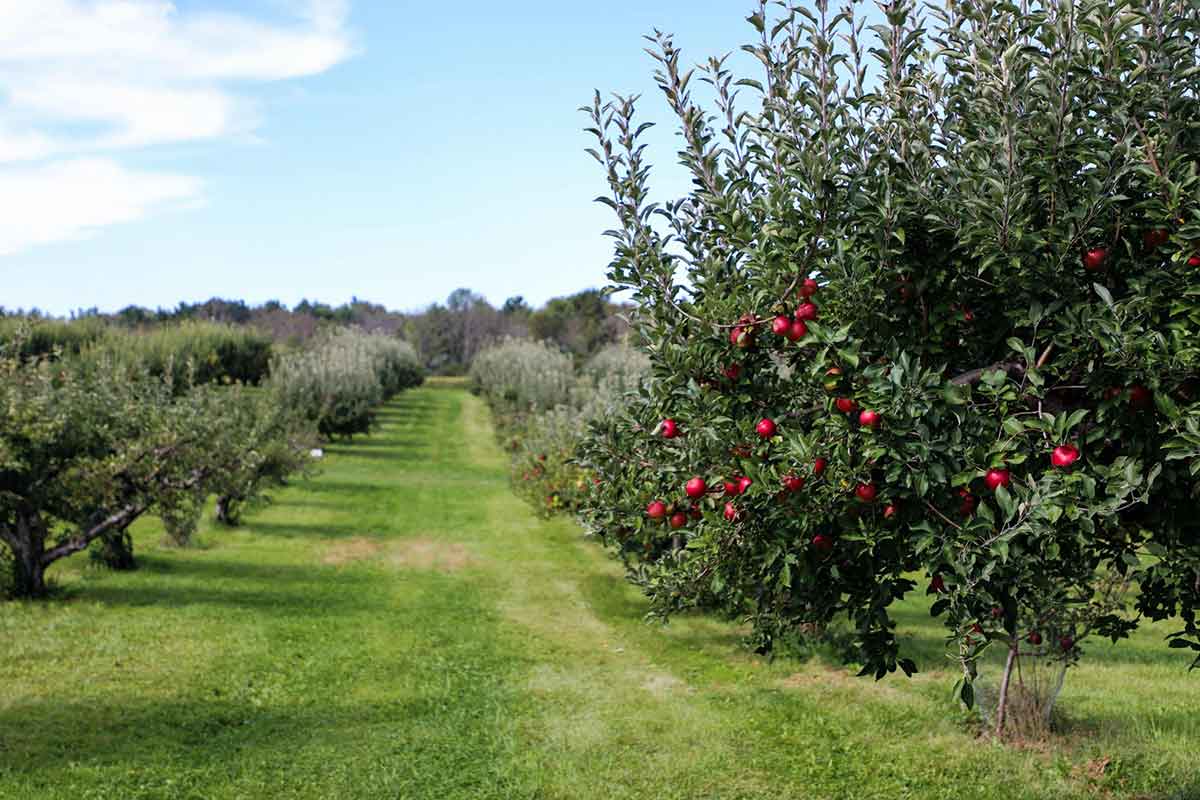Nuclear power has always been controversial. However, one of the quirkier uses of unstable atoms was, and still is, atomic gardening. Some commercial crops are descendants of the irradiated plants grown by pioneers, who wanted to find a peaceful purpose for nuclear power.

New Hope
The aftermath of the Second World War left agricultural systems struggling across the world, according to Liberty Lawson, in an article on Wonderground. In 1953, President Eisenhower instigated ‘Operation Candor’, which led to the foundation of Atoms for Peace. The aim was to win back public approval of nuclear power by finding peaceful applications for the science.
It was known that radiation could be used to ‘shuffle’ genes which could develop interesting new traits and combinations. The crops were not radioactive themselves, so they were safe to eat, or to have in one’s own garden. Despite early scepticism, the prospect of finding a solution to increasing demand for food and crop diseases across the world inspired many. Atomic gardens soon sprang up across the US, UK, Japan, Europe, India and Russia.

How It Works
Atomic gardens were arranged in a giant circle of five acres or more, surrounded by high fences. Seeds were planted in concentric circles, radiating out from a radioactive isotope in the centre, usually cobalt-60 or caesium-137, on a high pole which could be lowered into a lead bunker for the atomic gardeners’ safety. The seeds were divided into sections depending on their species. A similar set up can be seen in Japan at the Institute of Radiation Breeding.
Plants at the very centre usually died, while those slightly further out were often stunted or growing tumours. However, those plants from the midline to the outskirts looked relatively normal, giving agricultural scientists the chance to check for useful mutations, such as brighter flowers, bigger fruits, or better resistance to cold climates.
The public was also given the opportunity to create their own version of an atomic garden, with irradiated seeds being sold in shops. This allowed gardening enthusiasts to conduct their own experiments and report their findings back to the authorities.

Legacy
Surprisingly, many varieties in supermarkets and shops today owe their existence to atomic gardening. According to Colton Kruse in Ripley’s, the ruby-red grapefruit, as well as common varieties of pear, sweetcorn, cotton, peas, rice and wheat can be traced back to mutations caused by this method. The species of peppermint, known as ‘Todd’s Mitcham’, accounts for the majority of the world’s menthol and mint oil production, found in many products, from sweets to toothpaste.
It wasn’t only ‘useful’ plants that were mutated, but ornamental varieties as well. New orchids, roses, cannas and carnations were developed, which have remained popular. The Institute of Radiation Breeding displays its own creation of the light blue Morning Glory on their website.
Though we now use the precise method of genetic modification, atomic gardening should not be forgotten. Despite its sledgehammer approach, it allowed for new beautiful and useful varieties of plants, as well as getting the public excited about both science and gardening.








